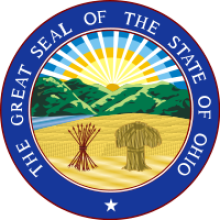Lack of Internet Access and Poor Policy Combine to Strip Arkansans of Medicaid
People in Arkansas who depend on Medicaid for healthcare typically don’t have the option to sign-up for affordable health insurance through their jobs. Sometimes they aren’t able to find full-time positions that offer healthcare or they don’t earn enough to afford the premiums in addition to covering life expenses for their families. With so many people offline, either because they can’t afford to pay for connectivity or because they live in areas where there is no connectivity, Arkansas seems like a poor choice for mandatory online reporting of anything, especially activity that dictates eligibility for Medicare.
State leaders didn’t see it that way, however, when they implemented the policy in June. Medicaid recipients who are able to work must now go online to report at least 80 hours per month of activity; if they fail to do so, they lose access to the state's expanded Medicaid program. The activity can include volunteer work, job training, or several other categories of activities. While the issue of attaching work requirements to Medicaid eligibility has already been deemed arbitrary and capricious by a U.S. District Court in Kentucky, the lack of Internet access appears to be contributing to Arkansas’s dubious efforts to trim its enrollment.
 Lack of Coverage Complicates
Lack of Coverage Complicates
In a state where at least 30 percent of the population has access to only one Internet service provider (ISP) and approximately 20 percent depend on their smart phones for Internet access, the only way to report the new work-related requirement is online. Under the guide of cost savings, the state has not established any other method for reporting for those who don’t have access to the Internet.




